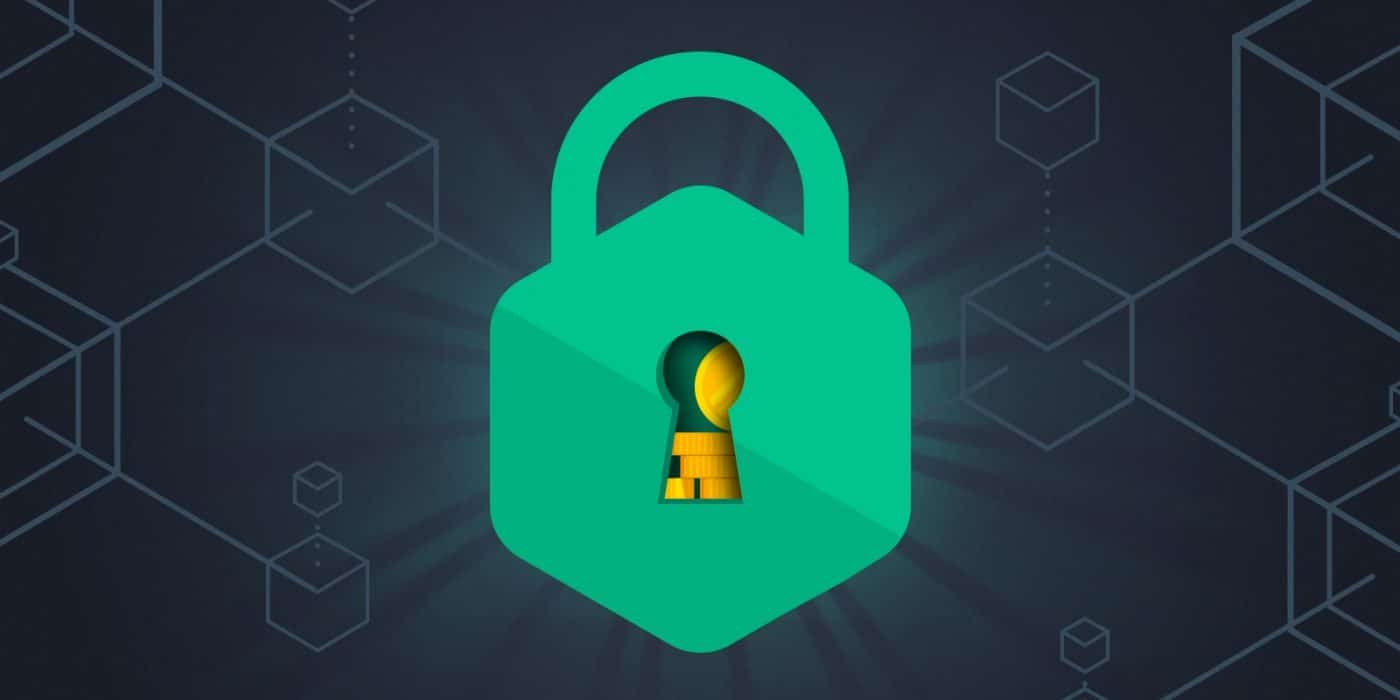Cryptocurrency has taken the world by storm in recent years, and it has become more important than ever to understand the common terms and definitions used in this space.
Understanding the language of crypto is important for a variety of reasons. For one, it can help you make informed decisions about investing in different BitiCodes Platform.
In this article, we’ll cover some of the most common terms and definitions you need to know when it comes to crypto.
Common Terms and Definitions
When it comes to cryptocurrency, there are a lot of technical terms and definitions that can be confusing. But don’t worry – we’re here to help!
1. Blockchain: A blockchain is a decentralized digital ledger that records all transactions in a transparent and secure manner. It’s essentially a database that is spread across a network of computers, with each block of data linked to the previous one in a chain.
2. Cryptography: Cryptography is the practice of using codes and ciphers to secure communications and transactions. In the context of cryptocurrency, cryptography is used to secure transactions and control the creation of new units.
3. Decentralization: Decentralization refers to the idea that a system or network should be distributed across a large number of computers rather than being controlled by a single entity.
4. Mining: Mining is the process of using computational power to solve complex mathematical problems and validate transactions on a network. In exchange for their efforts, miners are rewarded with newly minted crypto.
5. Wallet: A wallet is a digital storage space where you can store your cryptocurrency. It’s like a digital bank account that allows you to send and receive crypto.
6. Smart Contracts: Smart contracts are self-executing contracts with the terms of the agreement between buyer and seller being directly written into lines of code.
7. Nodes: Nodes are the computers that make up the network of a blockchain.
8. Forks: A fork occurs when a blockchain network splits into two separate chains. This can happen due to disagreements within the community about how the network should be run.
9. ICOs: ICOs, or initial coin offerings, are a way for companies to raise funds by issuing new crypto tokens to investors.
10. Tokens: Tokens are digital assets that are issued on a blockchain network. They can represent a variety of things, from units of value to access rights to a particular product or service.
11. Altcoins: Altcoins are cryptocurrencies that are not Bitcoin. There are thousands of different altcoins in existence.
12. Stablecoins: Stablecoins are cryptocurrencies that are designed to maintain a stable value relative to a traditional currency, such as the US dollar.
13. Proof of Work (PoW): PoW is a consensus mechanism used in some blockchain networks to validate transactions and create new units of cryptocurrency.
14. Proof of Stake (PoS): PoS is another consensus mechanism used in some blockchain networks. It involves validators putting up their own crypto as collateral in order to validate transactions and earn rewards.
15. Consensus: Consensus refers to the process by which a network of computers on a blockchain network comes to an agreement on the state of the ledger.
16. Public and Private Keys: Public and private keys are cryptographic keys that are used to secure transactions. The public key is shared with others to receive cryptocurrency, while the private key is kept secret and is used to sign transactions.
How to Stay Up-to-Date with Crypto Terminologies
If you want to stay current with crypto terminologies, there are several ways to do so. First, you can join online communities and forums dedicated to cryptocurrencies such as Reddit and Telegram.
Another way to stay up-to-date is to read industry news and publications such as Coindesk, CoinTelegraph, and CryptoSlate.
Attending conferences and events is also a great way to stay informed about the latest trends in the crypto industry.
You can follow experts on social media platforms like Twitter and LinkedIn, where they often share their thoughts on the latest developments in the crypto world
Conclusion
In conclusion, understanding crypto terminologies is essential for anyone interested in cryptocurrencies. With the rise of digital currencies, knowing the terminology is the first step in understanding how the technology works and how it can be used.






